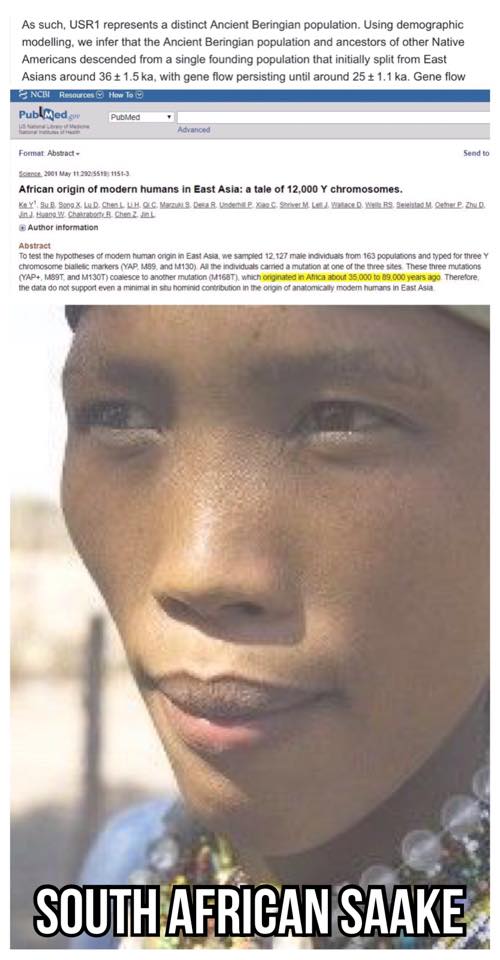I couldn't find it already posting. So shoot me a link if there is an original post. I found this greatly interesting.
Updated:
Aug 30, 2018
Original:
Feb 24, 2015
CT Scan Reveals Mummified Monk Inside Ancient Buddha Statue
A medical examination of a 1,000-year-old Buddha statue has revealed a shocking surprise hidden inside.
Christopher Klein
The Meander Medical Centre in the Dutch town of Amersfoort has plenty of experience treating senior citizens, but none nearly as old as the 1,000-year-old patient who came through its doors in early September 2014 for tests and a checkup.
Researchers brought a millennium-old statue of the Buddha, which had been on loan to the Drents Museum in the Netherlands, to the state-of-the-art hospital in the hopes that modern medical technology could shed light on an ancient mystery. For hidden inside the gold-painted figure was a secret—the mummy of a Buddhist monk in a lotus position. Shown outside of China for the first time last year, the statue had been the centerpiece of a recently completed exhibition at the Drents Museum that featured 60 human and animal mummies from around the world.

Credit: Drents Museum
To learn more about what the hospital called its “oldest patient ever,” the Chinese statue was delicately placed on a gurney for doctors to perform an examination under the supervision of Buddhist art and culture expert Erik Bruijn, a guest curator at the World Museum in Rotterdam. Radiologist Ben Heggelman slid the ancient artifact slowly into a high-tech imaging machine for a full-body CT scan and sampled bone material for DNA testing. Gastroenterologist Reinoud Vermeijden used a specially designed endoscope to extract samples from the mummy’s chest and abdominal cavities.
ADVERTISEMENT
Now it is known that the tests have revealed a surprise—the monk’s organs had been removed and replaced with scraps of paper printed with ancient Chinese characters and other rotted material that still has not yet been identified. How the organs had been taken from the mummy remains a mystery.
The body inside the statue is thought to be that of Buddhist master Liuquan, a member of the Chinese Meditation School who died around A.D. 1100. How did Liuquan’s body end up inside an ancient Chinese statue? One possibility explored by the Drents Museum is the gruesome process of self-mummification in which monks hoped to transform themselves into revered “living Buddhas.”

The Buddha on display at the Drents Museum (Credit: Drents Museum)
The practice of self-mummification among Buddhist monks was most common in Japan but occurred elsewhere in Asia, including in China. As described in Ken Jeremiah’s book “Living Buddhas,” monks interested in self-mummification spent upwards of a decade following a special diet that gradually starved their bodies and enhanced their chances of preservation. Monks eschewed any food made from rice, wheat and soybeans and instead ate nuts, berries, tree bark and pine needles in slowly diminishing quantities to reduce body fat and moisture, which can cause corpses to decay. They also ate herbs, cycad nuts and sesame seeds to inhibit bacterial growth. They drank a poisonous tree sap that was used to make lacquer so that the toxicity would repel insects and pervade the body as an embalming fluid.
After years of adhering to the strict diet and nearing starvation, a monk was then buried alive in an underground chamber. Breathing through a bamboo tube, the monk sat in a lotus position and chanted sutra in the darkness. Each day he rang a bell inside the tomb to signal that he remained alive. When the peals finally ended, the air tube was removed and the tomb sealed. After three years, followers opened the tomb. Had the body mummified, it was taken to a nearby temple to be venerated. If the body did not mummify, an exorcism was performed and the monk reburied.
To some practicing Buddhists, mummified monks are not dead but in a deep meditative state known as “tukdam.” Odds were low that the self-mummification process would work, but in rare cases it did. Just this January, a mummified monk in a lotus position, believed to be around 200 years old, was discovered wrapped in cattle skin in a house in a remote province of Mongolia.
The mummy of Liuquan, believed to be the only one ever found inside a Buddha statue, is currently on display as part of a temporary exhibition at Hungary’s National Museum of Natural History in Budapest and will next travel in May 2015 to a museum in Luxembourg.
https://www.history.com/news/ct-scan-reveals-mummified-monk-inside-ancient-buddha-statue
Updated:
Aug 30, 2018
Original:
Feb 24, 2015
CT Scan Reveals Mummified Monk Inside Ancient Buddha Statue
A medical examination of a 1,000-year-old Buddha statue has revealed a shocking surprise hidden inside.
Christopher Klein
The Meander Medical Centre in the Dutch town of Amersfoort has plenty of experience treating senior citizens, but none nearly as old as the 1,000-year-old patient who came through its doors in early September 2014 for tests and a checkup.
Researchers brought a millennium-old statue of the Buddha, which had been on loan to the Drents Museum in the Netherlands, to the state-of-the-art hospital in the hopes that modern medical technology could shed light on an ancient mystery. For hidden inside the gold-painted figure was a secret—the mummy of a Buddhist monk in a lotus position. Shown outside of China for the first time last year, the statue had been the centerpiece of a recently completed exhibition at the Drents Museum that featured 60 human and animal mummies from around the world.

Credit: Drents Museum
To learn more about what the hospital called its “oldest patient ever,” the Chinese statue was delicately placed on a gurney for doctors to perform an examination under the supervision of Buddhist art and culture expert Erik Bruijn, a guest curator at the World Museum in Rotterdam. Radiologist Ben Heggelman slid the ancient artifact slowly into a high-tech imaging machine for a full-body CT scan and sampled bone material for DNA testing. Gastroenterologist Reinoud Vermeijden used a specially designed endoscope to extract samples from the mummy’s chest and abdominal cavities.
ADVERTISEMENT
Now it is known that the tests have revealed a surprise—the monk’s organs had been removed and replaced with scraps of paper printed with ancient Chinese characters and other rotted material that still has not yet been identified. How the organs had been taken from the mummy remains a mystery.
The body inside the statue is thought to be that of Buddhist master Liuquan, a member of the Chinese Meditation School who died around A.D. 1100. How did Liuquan’s body end up inside an ancient Chinese statue? One possibility explored by the Drents Museum is the gruesome process of self-mummification in which monks hoped to transform themselves into revered “living Buddhas.”

The Buddha on display at the Drents Museum (Credit: Drents Museum)
The practice of self-mummification among Buddhist monks was most common in Japan but occurred elsewhere in Asia, including in China. As described in Ken Jeremiah’s book “Living Buddhas,” monks interested in self-mummification spent upwards of a decade following a special diet that gradually starved their bodies and enhanced their chances of preservation. Monks eschewed any food made from rice, wheat and soybeans and instead ate nuts, berries, tree bark and pine needles in slowly diminishing quantities to reduce body fat and moisture, which can cause corpses to decay. They also ate herbs, cycad nuts and sesame seeds to inhibit bacterial growth. They drank a poisonous tree sap that was used to make lacquer so that the toxicity would repel insects and pervade the body as an embalming fluid.
After years of adhering to the strict diet and nearing starvation, a monk was then buried alive in an underground chamber. Breathing through a bamboo tube, the monk sat in a lotus position and chanted sutra in the darkness. Each day he rang a bell inside the tomb to signal that he remained alive. When the peals finally ended, the air tube was removed and the tomb sealed. After three years, followers opened the tomb. Had the body mummified, it was taken to a nearby temple to be venerated. If the body did not mummify, an exorcism was performed and the monk reburied.
To some practicing Buddhists, mummified monks are not dead but in a deep meditative state known as “tukdam.” Odds were low that the self-mummification process would work, but in rare cases it did. Just this January, a mummified monk in a lotus position, believed to be around 200 years old, was discovered wrapped in cattle skin in a house in a remote province of Mongolia.
The mummy of Liuquan, believed to be the only one ever found inside a Buddha statue, is currently on display as part of a temporary exhibition at Hungary’s National Museum of Natural History in Budapest and will next travel in May 2015 to a museum in Luxembourg.
https://www.history.com/news/ct-scan-reveals-mummified-monk-inside-ancient-buddha-statue




